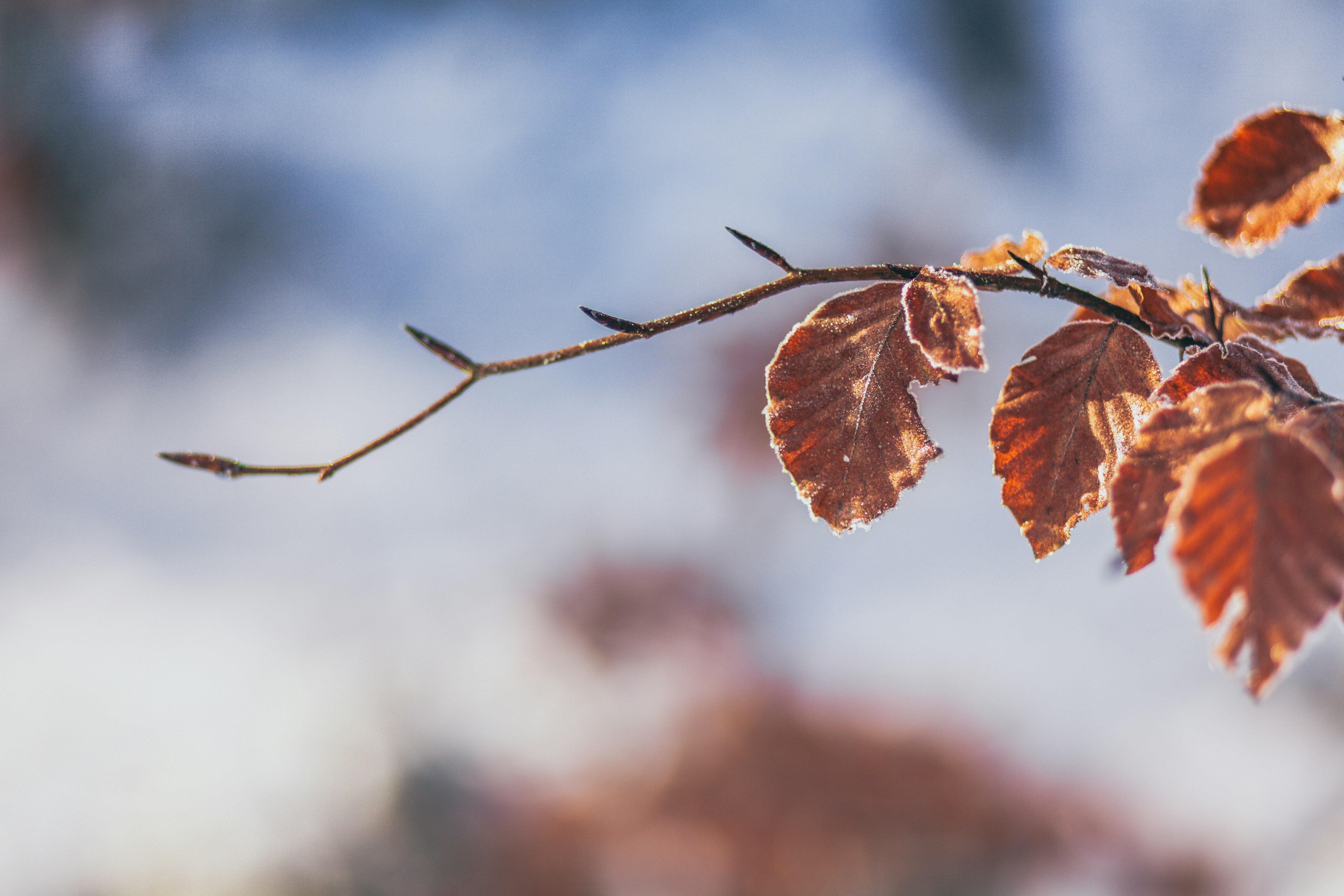The tides of nature’s whimsy carry us down uncharted paths, where even the humblest of houseplants can surprise us with their enigmatic transformations. As you gaze upon your once vibrant and verdant spider plant, now adorned with an unexpected coat of pale white, questions unfurl in your mind like tendrils in search of sunlight. Fear not, intrepid gardener, for in this enigmatic journey, we shall unravel the mysteries behind this peculiar metamorphosis. Prepare to delve into the depths of botanical enigma, as we embark on a quest to decipher the cryptic riddle that haunts the minds of green-thumbed enthusiasts worldwide: why is my spider plant turning white?
Pale Leaves: Understanding the Possible Causes of White Spider Plant
If you’ve ever noticed your beloved spider plant gradually turning white, fear not, you’re not alone! The discoloration of spider plant leaves is not uncommon and can be attributed to various factors. Understanding these causes can help you restore your spider plant to its vibrant green glory.
Possible Causes of White Spider Plant:
- Insufficient sunlight: Spider plants thrive in bright, indirect light. Lack of exposure to adequate sunlight can result in pale leaves. Ensure your plant is placed near a window where it can receive bright, filtered light regularly.
- Overwatering: Excessive watering can cause root rot, leading to pale leaves. Allow the top inch of soil to dry out before watering your spider plant. Remember, they prefer slightly moist soil rather than being drenched.
- Nutrient deficiency: Spider plants are generally low-maintenance, but they still require essential nutrients to thrive. Lack of nutrients, particularly iron and magnesium, can manifest as pale leaves. Consider using a balanced fertilizer to supplement their nutritional needs.
- Temperature fluctuations: Spider plants prefer a moderate and stable temperature. Exposure to extreme temperature fluctuations, such as cold drafts or overheating near heating vents, can cause their leaves to lose their vibrant green color.
- Pests: Spider plants are relatively resistant to pests, but the presence of common plant pests like spider mites or mealybugs can lead to discoloration. Regularly inspect and treat your plant if you encounter any signs of infestation.
- Genetics: Lastly, some spider plants naturally exhibit white variegation on their leaves due to genetic factors. If your spider plant has always had pale leaves and shows no signs of stress or disease, it might simply be its unique characteristic.
| Features | Tips |
|---|---|
| Spider plants are excellent air purifiers. | Keep spider plants away from direct sunlight to prevent leaf scorching. |
| They produce attractive spiderettes, or baby spider plants. | Regularly dust the leaves to keep them clean and free from debris. |
| Spider plants are non-toxic to pets, making them safe and ideal for pet-friendly households. | If repotting, use well-draining soil to avoid waterlogged roots. |

A Lack of Light: How Insufficient Sunlight Can Turn Your Spider Plant White
Have you noticed that your once vibrant and green spider plant is slowly turning white? Don’t panic! The shift in color is not a sign of illness but rather an indication that your plant is not receiving enough sunlight. Spider plants, scientifically known as Chlorophytum comosum, thrive in bright, indirect light. A lack of proper light can cause the chlorophyll in their leaves to fade, resulting in a dull and pale appearance.
Insufficient sunlight can be detrimental to the health of your spider plant, hindering its growth and overall vitality. Here are some features and tips to help you address this issue:
| Features | Tips |
|---|---|
| Bright Indirect Light: | Place your spider plant in a location where it can receive bright, indirect sunlight for a few hours each day. North or east-facing windows are usually ideal. |
| Rotate the Plant: | Regularly rotate your spider plant to ensure even exposure to sunlight on all sides. This will promote balanced growth and prevent one side from turning white. |
| Supplement with Artificial Light: | If natural light is limited in your space, consider supplementing it with artificial light sources specifically designed for plants. LED grow lights or fluorescent bulbs can help provide the necessary light energy. |
Watering Woes: Overwatering and Underwatering as Culprits of White Spider Plant
<p>When it comes to caring for your spider plant, improper watering can be a major culprit behind its sudden change in color. If your once lush green spider plant is now turning white, it's time to assess your watering habits. Overwatering and underwatering are two common mistakes that plant caregivers often make, causing distress to their <a href="https://up-gardening.com/why-are-my-spider-plant-leaves-folding/" title="Why Are My Spider Plant Leaves Folding">beloved spider plants</a>.</p>
<p><strong>Overwatering:</strong> While providing adequate hydration is crucial for plant growth, overwatering can drown your spider plant's roots and hinder its ability to absorb necessary nutrients. Signs of overwatering include yellowing leaves, a weakening plant structure, and the appearance of white discoloration on the leaves. To avoid overwatering, remember the following:
</p>
<div>
<table>
<tr>
<th>Features</th>
<th>Tips</th>
</tr>
<tr>
<td><strong>1. Well-draining soil:</strong></td>
<td>Use a light and well-aerated potting mix to prevent water from accumulating excessively.</td>
</tr>
<tr>
<td><strong>2. Watering frequency:</strong></td>
<td>Allow the top inch of the soil to dry out before watering again to ensure you're not overdoing it.</td>
</tr>
<tr>
<td><strong>3. Avoid water stagnation:</strong></td>
<td>Ensure your pot has drainage holes to prevent water from sitting at the bottom, potentially suffocating the roots.</td>
</tr>
</table>
</div>
<p><strong>Underwatering:</strong> On the other hand, neglecting to provide enough water can also result in your spider plant turning white. When deprived of adequate hydration, spider plants lose their vibrant color, and their leaves may become crispy and dry. Avoid underwatering by considering the following tips:
</p>
<div>
<table>
<tr>
<th>Features</th>
<th>Tips</th>
</tr>
<tr>
<td><strong>1. Consistent watering:</strong></td>
<td>Create a regular watering schedule, ensuring the soil is evenly moist without becoming waterlogged.</td>
</tr>
<tr>
<td><strong>2. Testing soil moisture:</strong></td>
<td>Stick your finger about an inch into the soil to check if it feels dry before watering again.</td>
</tr>
<tr>
<td><strong>3. Humidity:</strong></td>
<td>Spider plants prefer slightly higher levels of humidity, so consider misting the leaves or utilizing a humidifier.</td>
</tr>
</table>
</div>Protecting your Spider Plant: Tips to Revive and Maintain its Vibrant Green Color
Spider plants are known for their vibrant green leaves and ability to brighten up any space. However, if you’ve noticed that your spider plant is turning white, it’s important to take action to revive its color and maintain its health. Here are some tips to help you protect and care for your spider plant, ensuring it stays beautiful and green.
-
Provide Adequate Sunlight: Spider plants thrive in bright, indirect sunlight. Make sure your plant receives enough light to maintain its green color. If your spider plant is turning white, it may be a sign of insufficient sunlight. Consider moving it to a brighter location or placing it near a window where it can receive more light.
-
Adjust Watering Routine: Overwatering or underwatering can cause stress to your spider plant, leading to a loss of color. Ensure that you are providing enough water to keep the soil evenly moist, but be careful not to drown the roots. To prevent white leaves, make sure to water your spider plant thoroughly, allowing the excess water to drain out. Spider plants prefer slightly damp soil rather than being constantly soaked.
Features or Tips Table:
| Feature/Tips | Description |
|---|---|
| Adequate Sunlight | Ensure your spider plant receives bright, indirect sunlight to maintain its green color. |
| Proper Watering | Avoid overwatering or underwatering by providing just enough moisture to keep the soil evenly moist. |
| Regular Fertilization | Use a balanced liquid fertilizer once a month during the growing season to promote vibrant leaf color. |
By following these tips, you can revive the green color of your spider plant and provide it with the care it needs to flourish. Remember, a happy and healthy spider plant will not only add beauty to your space but also improve indoor air quality. So, keep a close eye on your plant, adjust its care routine accordingly, and enjoy the vibrant green foliage it brings into your home.
Frequently Asked Questions
Q: Why is my spider plant channeling its inner ghost and turning white?
A: Fear not, green thumbs! While it may seem like your spider plant is auditioning for a role in Casper, there are a few reasons why it may be turning white.
Q: Is my spider plant just craving some sunshine or is there more to its spectral transformation?
A: Absolutely, sunlight is the plant’s lifeblood. Lack of proper sunlight can turn even the lushest green into a hauntingly pale white. But keep your skeptical spectacles on, for there’s more to this eerie transformation!
Q: Is there a spooky spirit behind my spider plant’s transformation or is it something else?
A: Rest assured, no paranormal activity is at play here. When your spider plant turns white, it could be due to nutrient deficiencies, root rot, or even a sneaky pest invasion. So grab your gardening tools and get ready to solve this botanical mystery! As our investigation into the mysterious case of the snow-white spider plants draws to a close, we are left with a newfound appreciation for the resilience and adaptability of Mother Nature’s green darlings. While the transformation of our once-vibrant spider plants into pale specters may have initially sparked alarm, it has ultimately illuminated the wondrous complexity of plant life.
In the presence of the enigmatic forces of nature, one can never truly predict the outcome. Whether faced with a deficiency in essential nutrients, excessive exposure to sunlight, or the delicate dance of humidity levels, our spider plants have gracefully revealed their secrets.
Through patience and keen observation, gardeners can decipher the cryptic language that plants so quietly speak. From the whispers of a slight discoloration to the bellowing declaration of snow-like leaves, every transformation serves as a poignant reminder that plants, like humans, need care and understanding.
Though we may not always possess the greenest of thumbs, it is through these botanical puzzles that we grow, learn, and adapt alongside our leafy companions. Let us marvel at the intricate dance of the chlorophyll chorus, ever evolving and adapting to the rhythm of life.
So, dear readers, fear not the ghostly pallor that has befallen your spider plant, for behind its alabaster shroud lies a lesson waiting to be unraveled. With humble curiosity and a steadfast spirit, embark on this horticultural journey, one where every mystery discovered leads to a deeper connection with the kingdom of plants.
As we bid adieu to the white spider plants, we step away with enriched knowledge, ready to nurture and protect our verdant friends. Embrace the beauty of your botanic companions, for they shall forever be a source of awe and inspiration, reminding us that even in nature’s bleakest moments, life finds a way to flourish.
- When to Put Weed and Feed on Lawn in Michigan - October 16, 2023
- When to Fertilize Potatoes Plants - October 16, 2023
- Can You Plant Clover in the Spring - October 16, 2023
Contents
- 1 Pale Leaves: Understanding the Possible Causes of White Spider Plant
- 2 A Lack of Light: How Insufficient Sunlight Can Turn Your Spider Plant White
- 3 Watering Woes: Overwatering and Underwatering as Culprits of White Spider Plant
- 4 Protecting your Spider Plant: Tips to Revive and Maintain its Vibrant Green Color
- 5 Frequently Asked Questions



